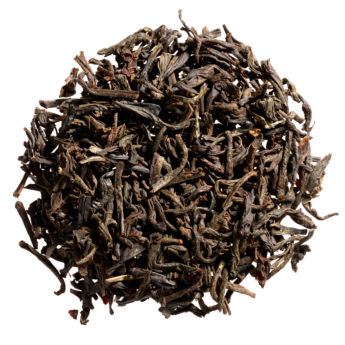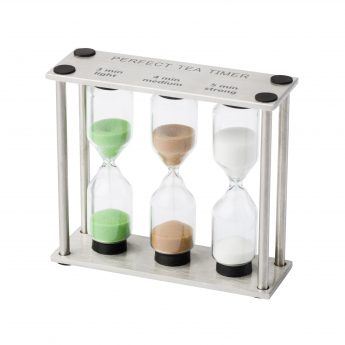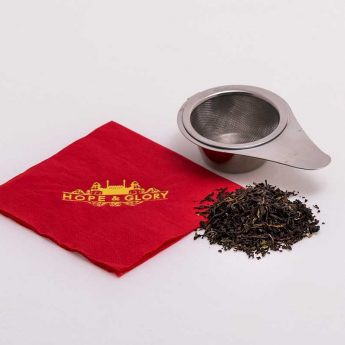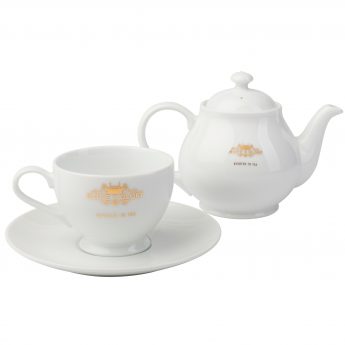Tea as Theatre…in 7 Acts
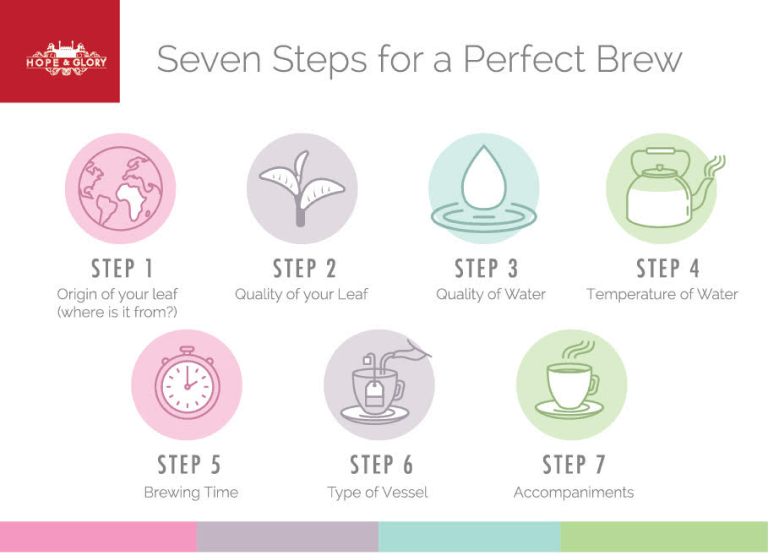
At Hope & Glory, we’re helping to lead a Tea-revolution, where people demand only first-rate tea. It’s a position that has made us reflect on what has driven other food revolutions we’ve witnessed in the past 15 to 20 years.
The common answer seems to be THEATRE. But what is FOOD THEATRE? For us, it is the visualisation of a simple but deeply important story that captures the public’s imagination.
For coffee, we saw this in the dramatic entrance of sophisticated coffee machines and barista skills.
What many people don’t realise is that, by contrast, the theatre of tea is intimate and intriguing, educational and yet so simple.
What then is the Theatre of Tea? Well, at Hope & Glory®, we have boiled it down to 7 Acts, or Steps:
Act 1:The Origin of Tea Leaf
As simple and as obvious as it may sound, you have to go to the best Gardens and sources to get the best ingredients! For instance, you need to go to Assam for the best Assam – you can’t get it from anywhere else. The terroir is so important to the tea’s flavours.
Act 2: The Quality of Tea Leaf
Science has proven that the better quality the ingredient, the fuller the flavours, tones, aromas and even the nutritional benefits. Don’t make the mistake of confusing quality with what can be extortionate prices. Wholeleaf teas are handpicked with tenderness, care and discernment to ensure we get the best leaves every time. Have you ever heard of “2-Leaves and a bud”? That is the ‘perfect pluck.’
Act 3: The Quality of the Water
Have you ever noticed that when you brew your cuppa at home or work, the tea has a cloudy “film” or a residue in your cup? That often comes down to quality (or lack of) of the water that’s been used. For instance, in the UK, many regions are hard water localities. Filter the water or use spring water – see how clear and glistening the brew becomes!
Act 4: The Temperature of the Water
Different Teas and Tisanes require differing water temperatures. An oxidised tea (i.e. a baked tea – like a black tea) needs boiling water – hot, hot water that can penetrate the oxidised tea leaves to extract the deep, malty flavours. Whereas delicate light teas / tisanes (e.g. infusions and green teas) are unoxidized teas / infusions that are too delicate for boiling water which would burn the leaves. Thus they require a water at lower temperatures (e.g. 80-85’c).
Act 5: The Brewing Time
This is coupled with the temperature of the water. Black teas require longer brewing times to allow for those deep, fuller flavours to be extracted, whereas delicate, lighter teas need only brief brewing times (e.g. 2-3 minutes).
Act 6: The Vessel
Who knew that the vessel could make such a difference!? Again, this is linked to the “science of Tea”: black teas should be served in Ceramic – as poorer conductors of heat, they allow for the water temperature to be maintained, thus allowing a fuller and better brew. Delicate/lighter teas should be served in glass, as glass conducts heat better than ceramic, thus reducing the temperature of the water so not to “burn” the delicate leaves.
Act 7: The Accompaniments
This blends the art of tea (those personal nuances that make our tea traditions as they are) versus those ideal accompaniments based on science (e.g. Earl Grey is a black tea blended with an oil – so do you serve with or without milk? Even though it is a black tea, we must now consider the Bergamot oil. What happens to milk and oil when used in cooking? Do they mix? The same chemistry is applied in Tea – so, the Science of Tea would suggest Earl Grey is not served with milk, but just a slice of lemon. However, the Art of Tea – is adding those personal touches to your cuppa that make it just right for you – so go-on add that drop of milk if that’s your tipple!
—
Consider the performance of these 7 Acts, or Steps, in light of the market intelligence coming through. Specialist tea is growing at a remarkable 17-20% year on year. Fifty-one (51%) of hotel guests expect a premium, specialist tea in the hotels they visit. Out of home consumption of tea is expected to grow to 25-30% by 2020 (considering the baseline was 1.7% only 3-4 years ago). The melding of these 7 acts into any tea experience will be critical to creating the tea theatre that Tea-lovers expect and to educating the world on the greatest beverage of all time. Encore!
You can read more about our tips on how to achieve the perfect brew through following the 7 steps to the perfect cup of tea.

